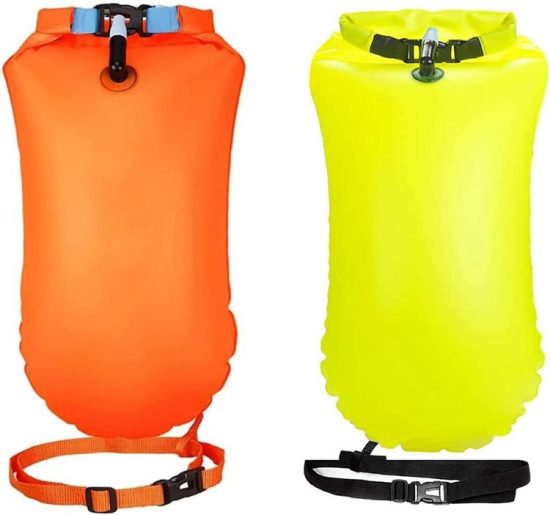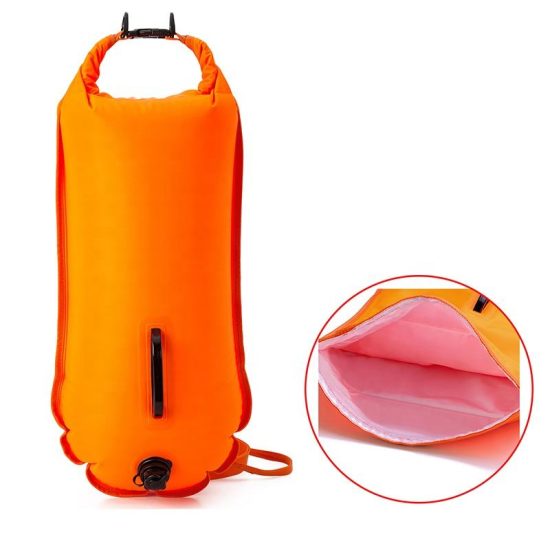Water safety is a critical skill, and swim vests play a pivotal role in helping individuals of all ages master the art of swimming while ensuring a secure aquatic experience. Here’s a comprehensive guide to mastering water safety with swim vests:
- Choose the Right Vest:
- Select a swim vest that suits the user’s age, size, and swimming proficiency. Different vests are designed for various skill levels, so choose one that provides the right amount of buoyancy without compromising comfort and mobility.
- Emphasize Comfort and Fit:
- A comfortable swim vest encourages regular use and builds confidence in the water. Ensure that the vest fits snugly but not too tight, and look for adjustable straps to customize the fit. Comfortable vests allow users to focus on swimming skills without distraction.
- Gradual Progression:
- Start with swim vests that offer higher buoyancy for beginners. As individuals become more confident and skilled swimmers, consider transitioning to vests with lower buoyancy. This gradual progression helps build independence and promotes skill development.
- Supervised Learning:
- Always use swim vests under the supervision of an experienced adult or lifeguard, especially for children and beginners. Supervision is crucial for ensuring a safe environment and immediate assistance if needed.
- Learn and Practice Floating:
- Swim vests are excellent tools for learning and practicing floating. Encourage users to relax and trust the buoyancy of the vest. Floating skills are fundamental to water safety and build a foundation for other swimming techniques.
- Swimming Strokes and Techniques:
- Swim vests support the learning of various swimming strokes and techniques. Gradually introduce different strokes such as freestyle, backstroke, and breaststroke. Focus on proper form and coordination while wearing the vest.
- Water Confidence Building:
- Swim vests contribute to building water confidence. Regular exposure to water activities with the support of a vest helps individuals overcome fear and anxiety associated with swimming. Positive experiences foster a love for water and promote continued learning.
- Water Safety Education:
- Use swim vest sessions as an opportunity to educate users about water safety. Teach basic water safety rules, such as not swimming alone, staying within designated areas, and understanding the importance of following lifeguard instructions.
- Emergency Situations Awareness:
- While swim vests enhance safety, it’s crucial to educate users about potential emergency situations. Teach them how to remain calm, float on their backs, and call for help if needed. This knowledge is essential for mastering water safety in real-world scenarios.
- Consistent Practice:
- Mastery comes with consistent practice. Regularly incorporate swim vest sessions into water activities to reinforce skills and build muscle memory. Consistency is key to becoming a confident and skilled swimmer.
- Safety Checks:
- Before each use, perform safety checks on the swim vest. Ensure that zippers, buckles, and straps are secure and in good condition. Regular maintenance guarantees the reliability of the vest for ongoing water safety.
- Transition to Unassisted Swimming:
- The ultimate goal is to transition from using a swim vest to unassisted swimming. As users gain confidence and proficiency, encourage them to swim without the vest while still maintaining a focus on safety and proper swimming techniques.
By following these guidelines and incorporating swim vests into a structured learning and practice routine, individuals can master water safety, develop strong swimming skills, and build a lifelong love for aquatic activities.


